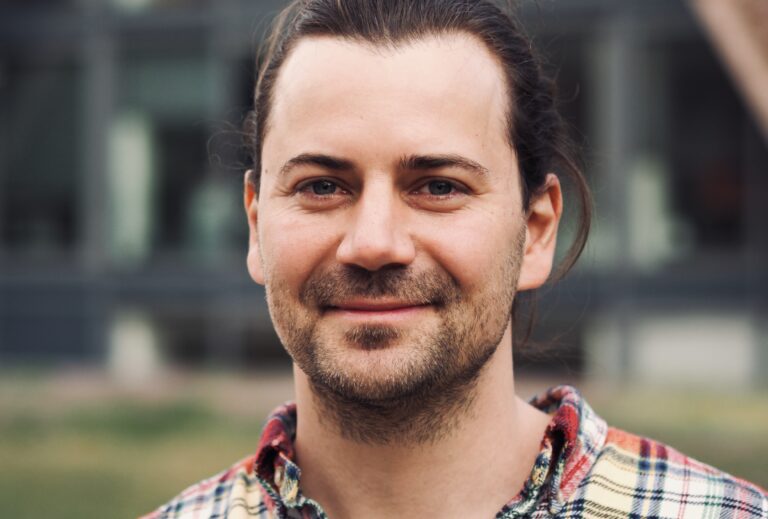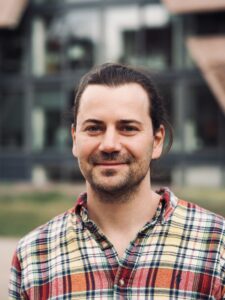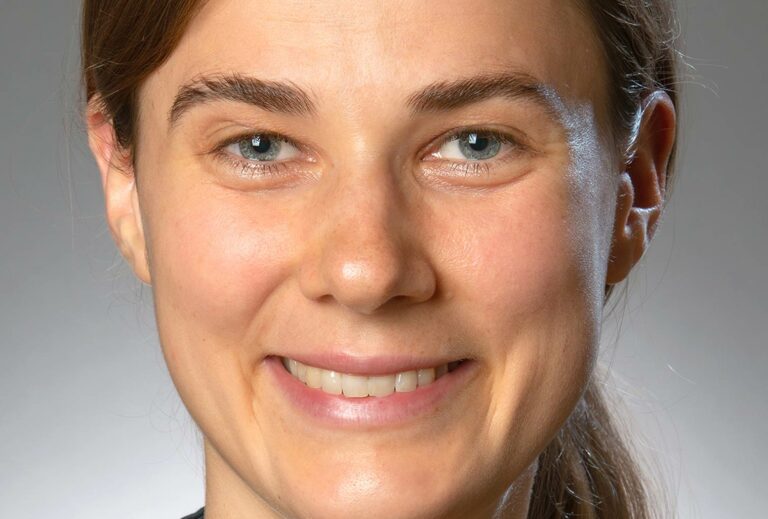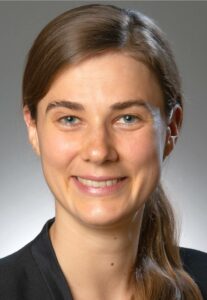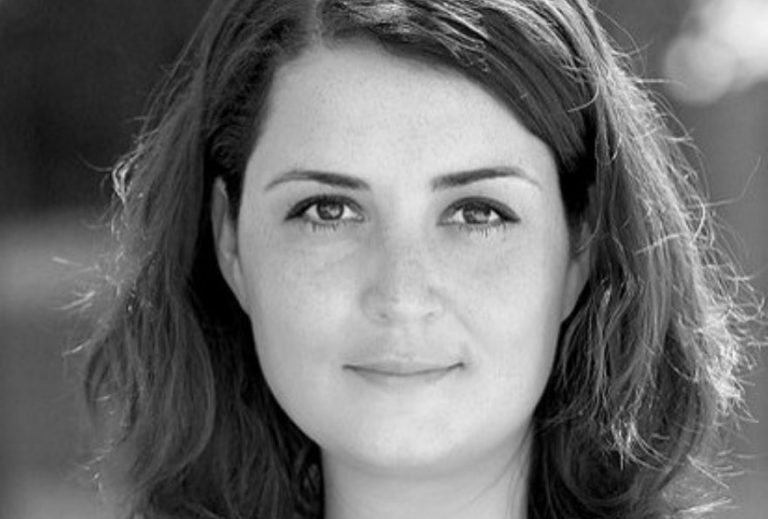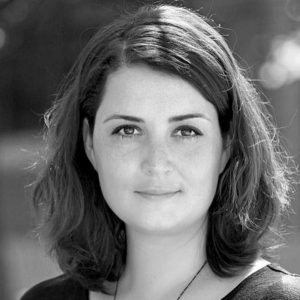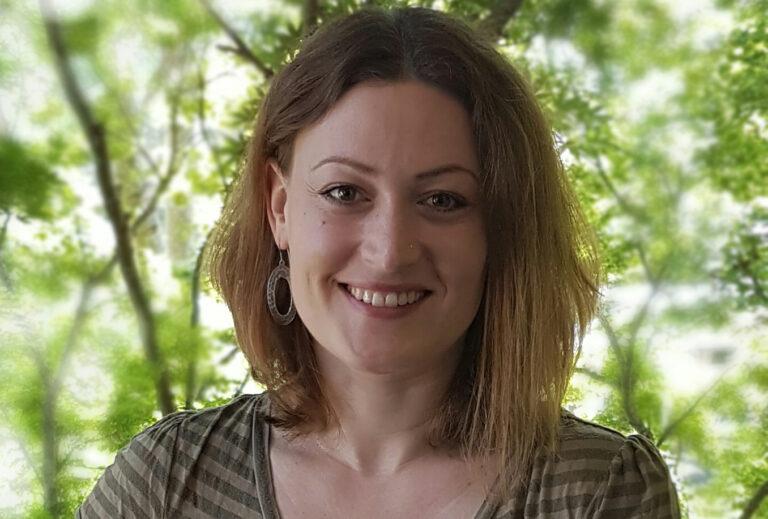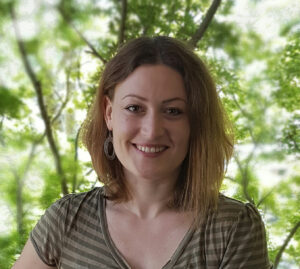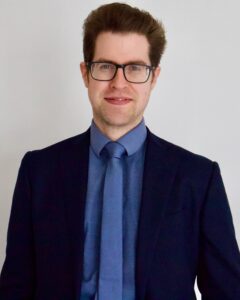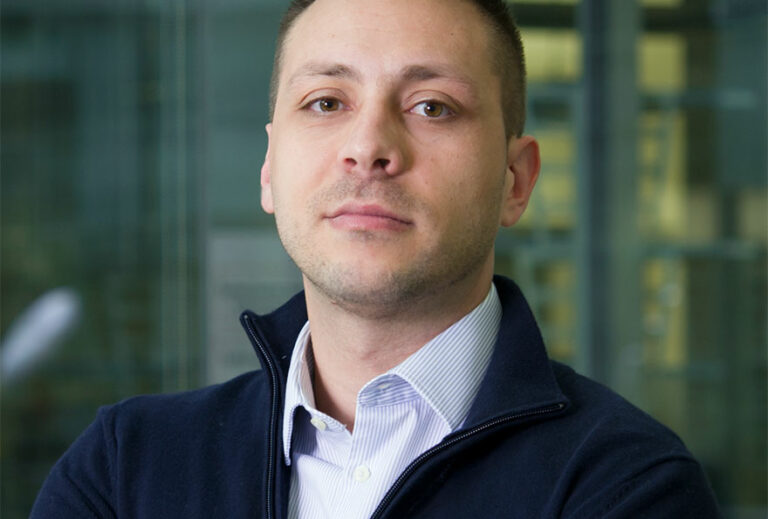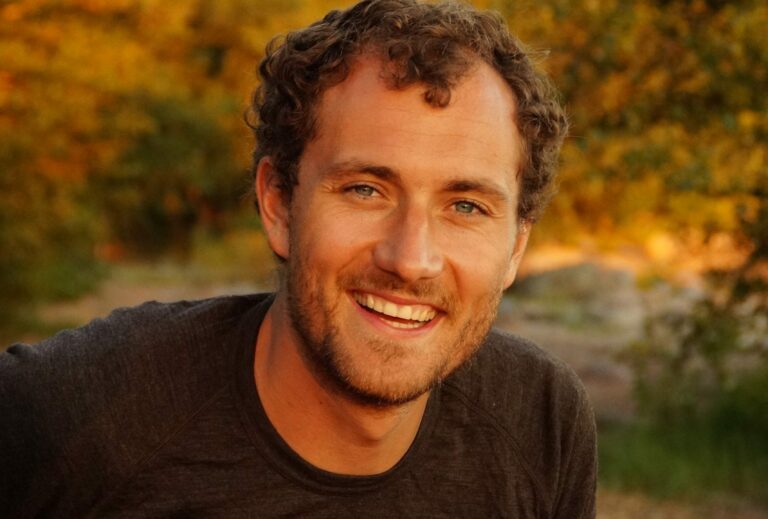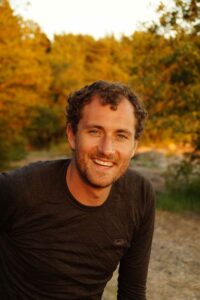Felix M Key
Biography
I am a Max Planck Research Group Leader at the MPI for Infection Biology. Previously I was a postdoc fellow in the lab of Tami Lieberman at MIT (Cambridge, USA). Before that I worked as a postdoc associate in the department of Johannes Krause at the MPI for the Science of Human History (Jena, Germany). I completed my PhD in population genetics under the supervision of Aida Andrés in the department of Svante Pääbo at the MPI for Evolutionary Anthropology (Leipzig, Germany).
My current research involves the development and application of methods to integrate population genomic datasets to understand the evolution of bacterial pathogens on a historical (ancient DNA) and rapid (within person) time scale.
Education and positions held
- 2020-present:
- MPI for Infection Biology: Max Planck Research Group Leader
- 2018-2020:
- Massachusetts Institute of Technology PostDoc
- 2016-2018:
- MPI for the Science of Human History PostDoc
- 2010-2016:
- MPI for Evolutionary Anthropology PhD Student
Research Summary
Microbial pathogens are shaped by their evolutionary history, which provides them the genomic framework to cause disease. The Key lab aims to uncover the genetic mechanisms and phenotypic variation that underlay the emergence and adaptation of infectious microbes. Therefore we develop methods to track microbial evolution on dramatically different timescales by leveraging ancient DNA from the archaeological specimen as well as high definition genomic data from clinical samples. Understanding the mechanisms of infectious disease emergence and adaptation holds promise to improve disease prevention, intervention and to develop more targeted therapies.
Key publications
- Key et al. On-person adaptive evolution of Staphylococcus aureus during atopic dermatitis increases disease severity. biorxiv (2021)
- Key et al. Emergence of human-adapted Salmonella enterica is linked to the Neolithization process. Nature ecology & evolution (2020) – Key et al. HOPS: Automated detection and authentication of pathogen DNA in archaeological remains. Genome Biology (2019)
- Key et al. Human local adaptation of the TRPM8 cold receptor along a latitudinal cline. PLoS Genetics (2018)
- Key et al. Human adaptation and population differentiation in the light of ancient genomes. Nature Communications (2016) Read

